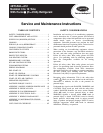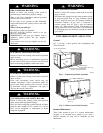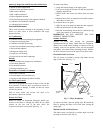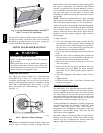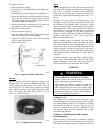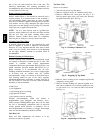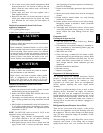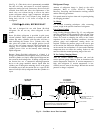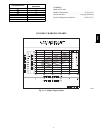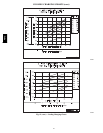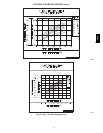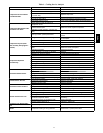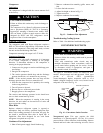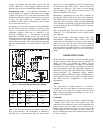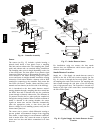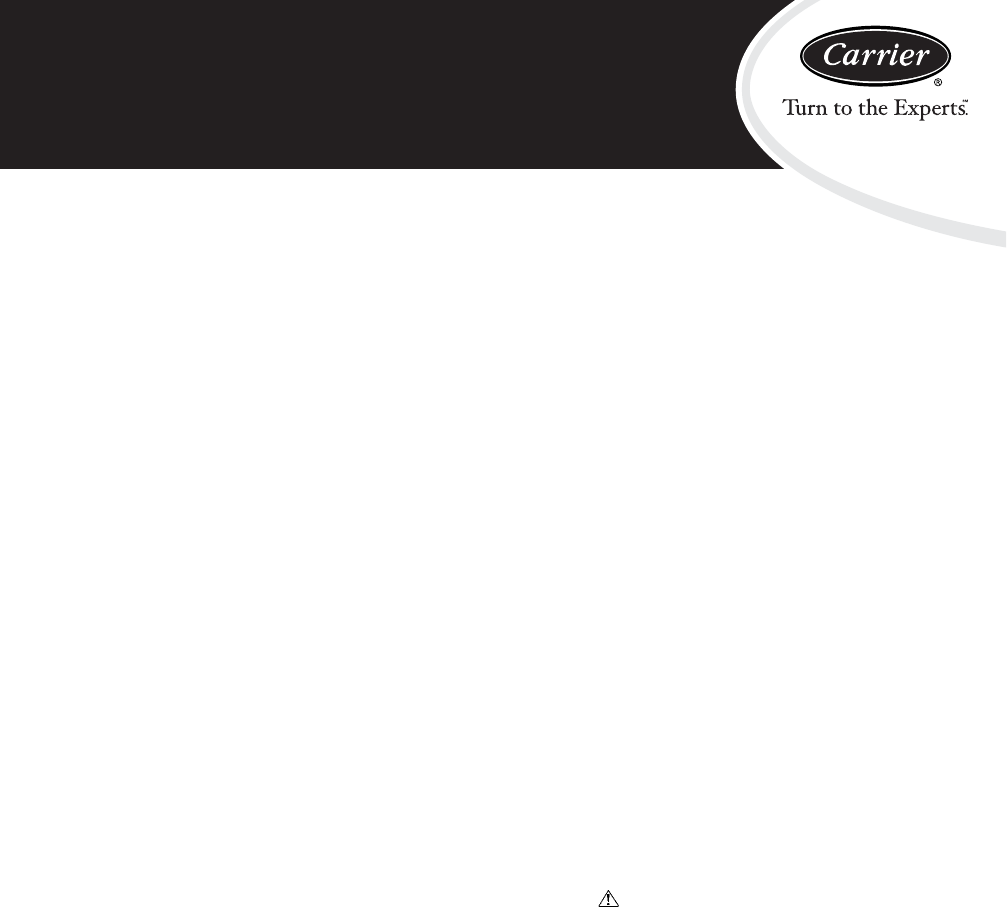
48TCA04---A12
Nominal 3 to 10 Tons
Wi t h Pur on® (R---410A) Refrigerant
Service and Maintenance Instructions
TA BLE OF CONTENTS
SAFETY CONSIDERATIONS 1....................
UNIT ARRANGEMENT AND ACCESS 2...........
SUPPLY FAN (BLOWER) SECTION 4..............
COOLING 5....................................
PURONR (R--410A) REFRIGERANT 8..............
COOLING CHARGING CHARTS 9.................
CONVENIENCE OUTLETS 14....................
SMOKE DETECTORS 15.........................
PROTECTIVE DEVICES 22.......................
GAS HEATING SYSTEM 22......................
PREMIERLINKT CONTROL 34...................
RTU--MP CONTROL SYSTEM 42..................
ECONOMI$ER SYSTEMS 55......................
WIRING DIAGRAMS 63.........................
PRE--START--UP 66..............................
START--UP, GENERAL 66........................
START--UP, PREMIERLINKT CONTROL 68........
START--UP, RTU--MP CONTROL 68................
OPERATING SEQUENCES 71.....................
FASTENER TORQUE VALUES 81.................
APPENDIX I. MODEL NUMBER SIGNIFICANCE 82.
APPENDIX II. PHYSICAL DATA 83................
APPENDIX III. FAN PERFORMANCE 87...........
APPENDIX IV. ELECTRICAL DATA 99.............
APPENDIX V. WIRING DIAGRAM LIST 104........
APPENDIX VI. MOTORMASTER SENSOR
LOCATIONS 105................................
UNIT START-UP CHECKLIST 107.................
SAFETY CONSIDERATIONS
Installation and servicing of air-conditioning equipment
can be hazardous due to system pressure and electrical
components. Only trained and qualified service personnel
should install, repair, or service air-conditioning
equipment. Untrained personnel can perform the basic
maintenance functions of replacing filters. Trained service
personnel should perform all other operations.
When working on air-conditioning equipment, observe
precautions in the literature, tags and labels attached to
the unit, and other safety precautions that may apply.
Follow all safety codes. Wear safety glasses and work
gloves. Use quenching cloth for unbrazing operations.
Have fire extinguishers available for all brazing
operations.
Follow all safety codes. Wear safety glasses and work
gloves. Use quenching cloth for brazing operations. Have
fire extinguisher available. Read these instructions
thoroughly and follow all warnings or cautions attached to
the unit. Consult local building codes and National
Electrical Code (NEC) for special requirements.
Recognize safety information. This is the safety--alert
symbol
. When you see this symbol on the unit and in
instructions or manuals, be alert to the potential for
personal injury.
Understand the signal words DANGER, WARNING, and
CAUTION. These words are used with the safety--alert
symbol. DANGER identifies the most serious hazards
which will result in severe personal injury or death.
WARNING signifies a hazard which could result in
personal injury or death. CAUTION is used to identify
unsafe practices which may result in minor personal
injury or product and property damage. NOTE is used to
highlight suggestions which will result in enhanced
installation, reliability, or operation.



